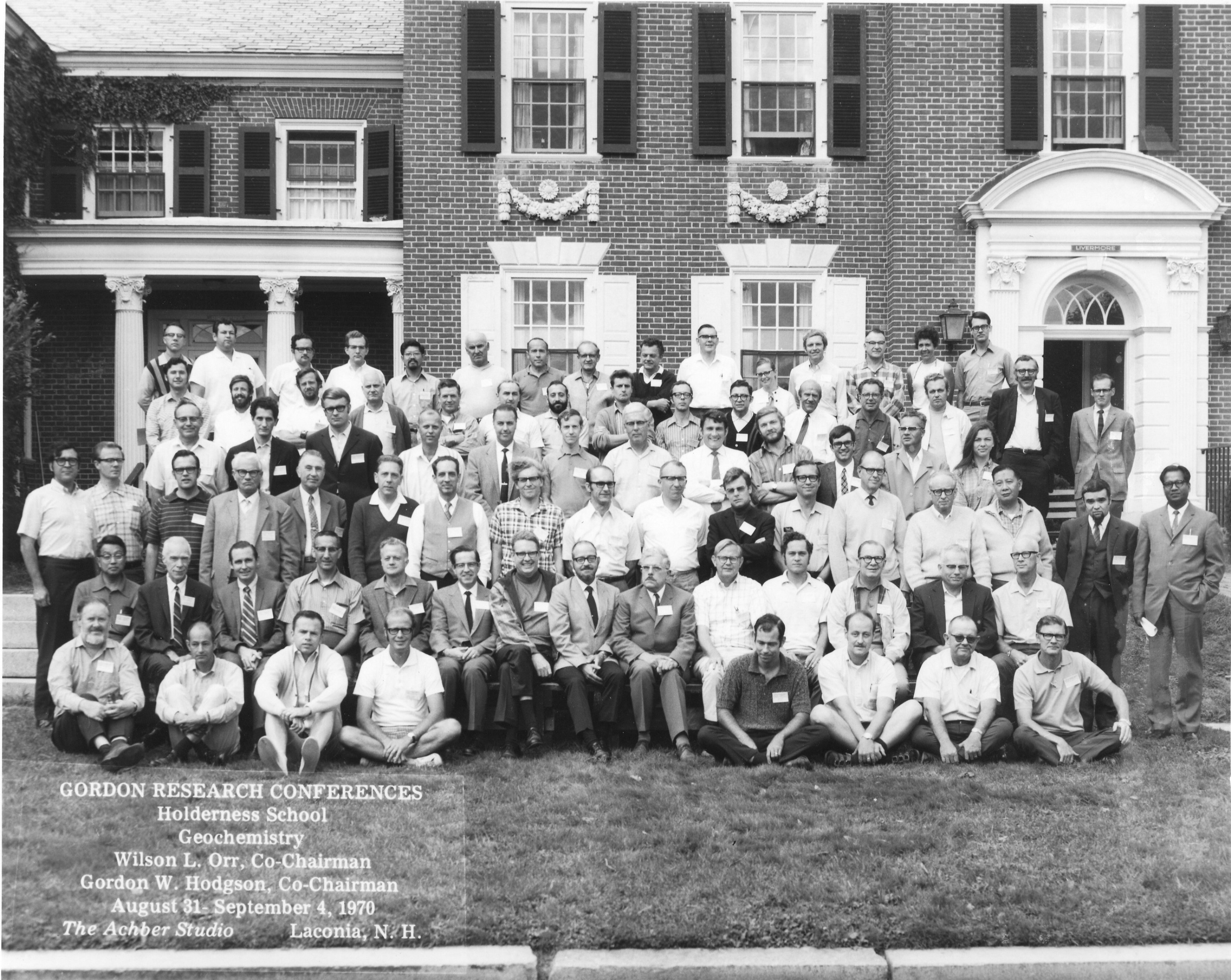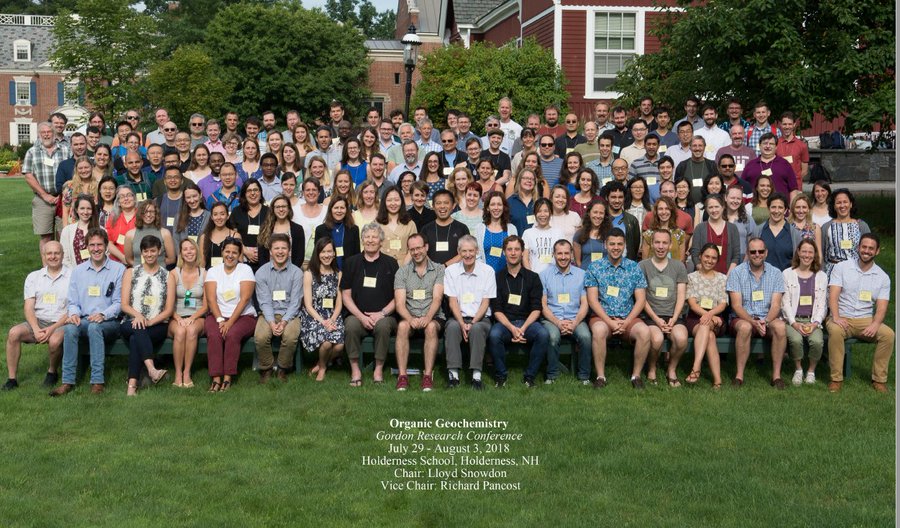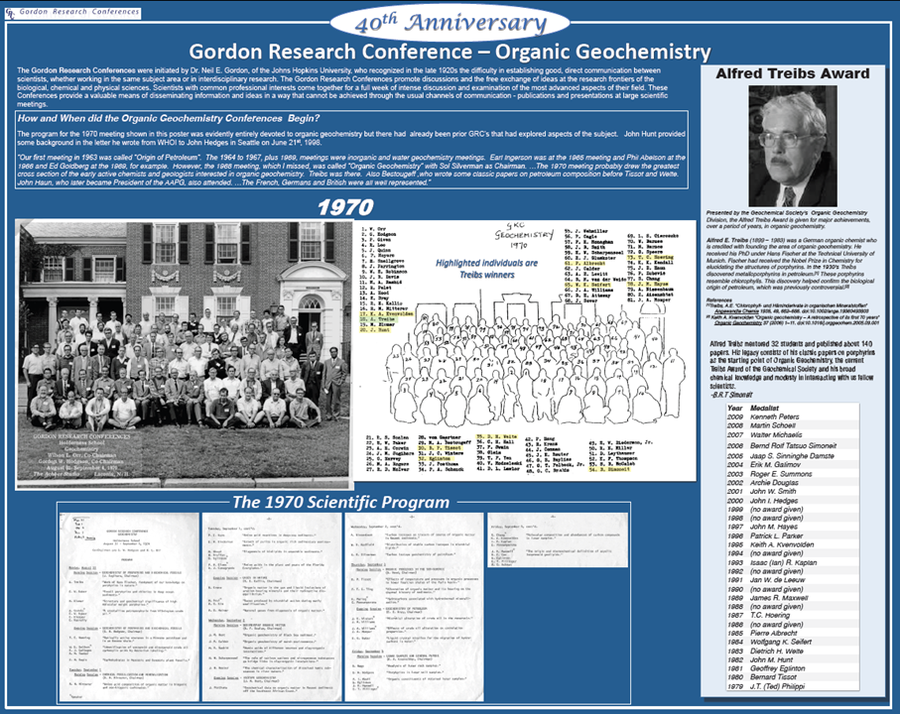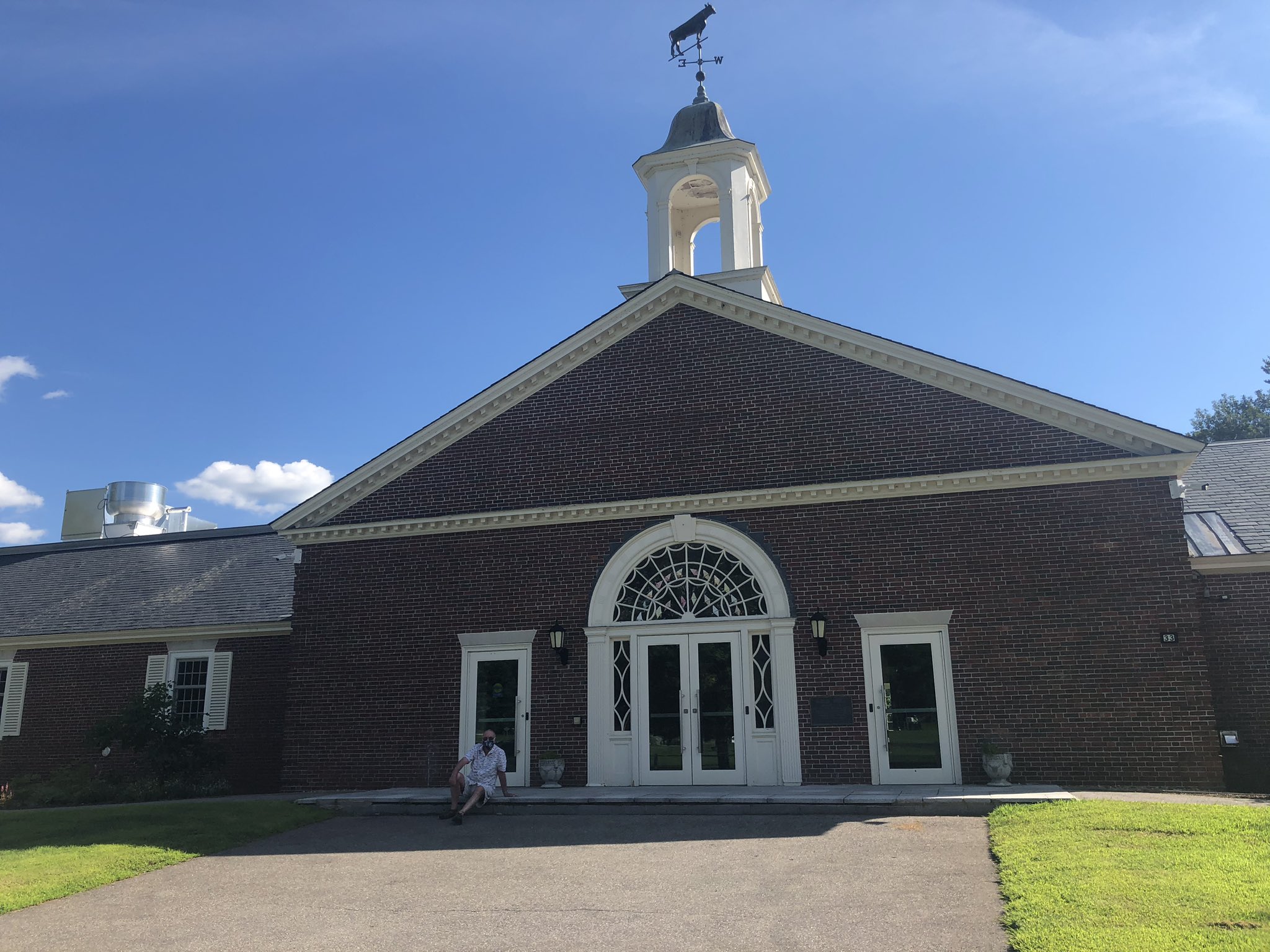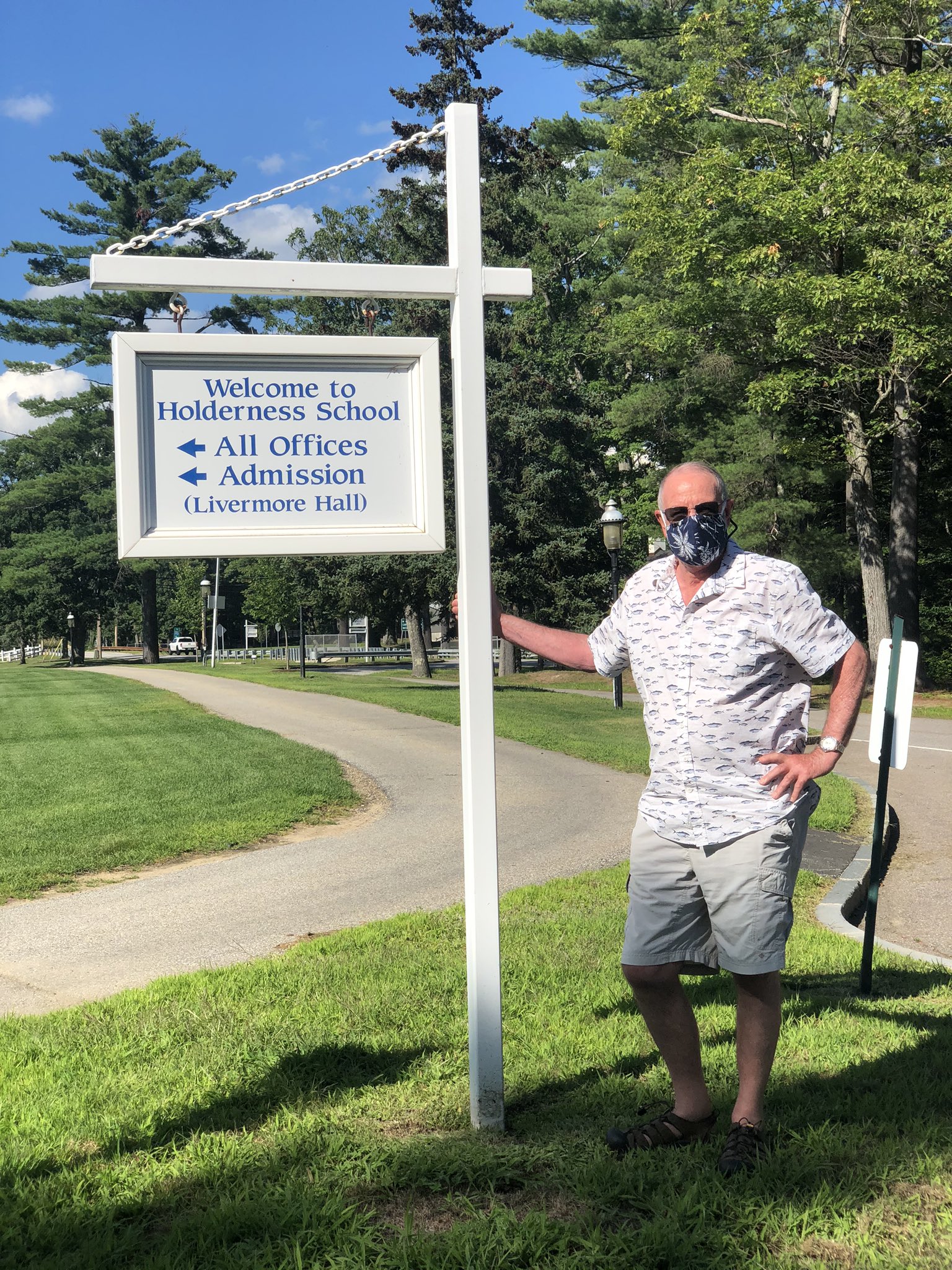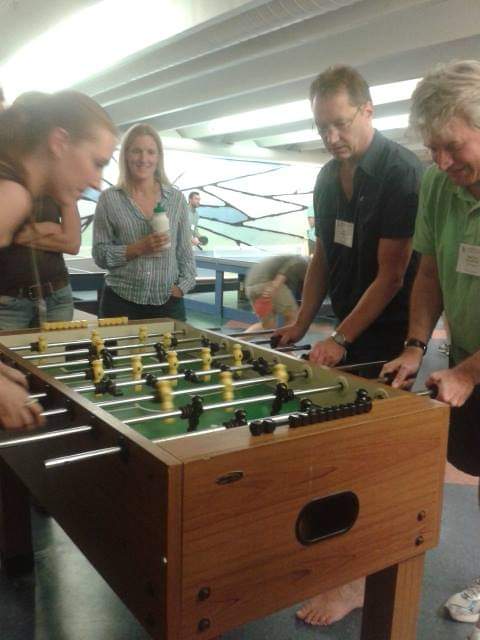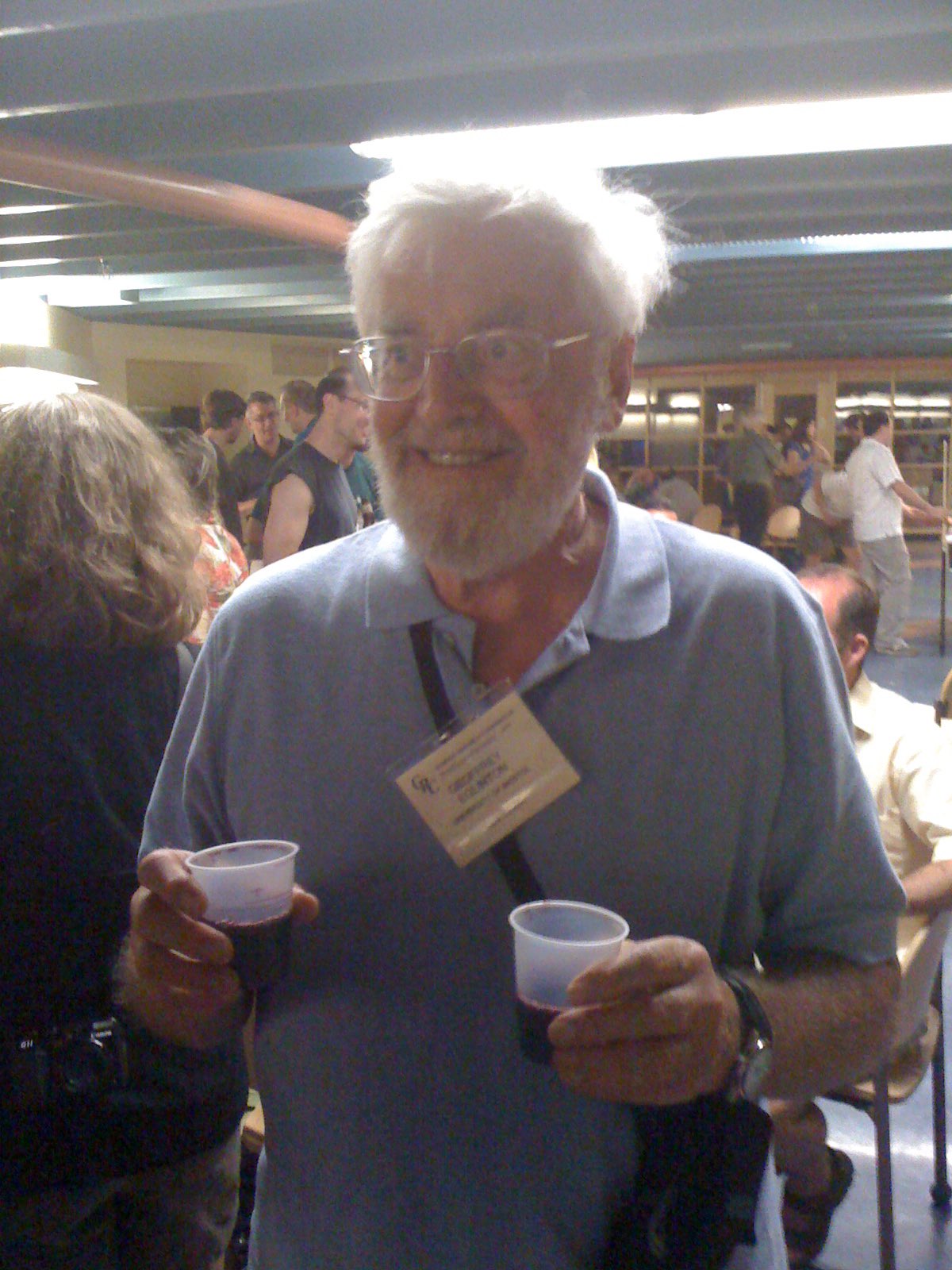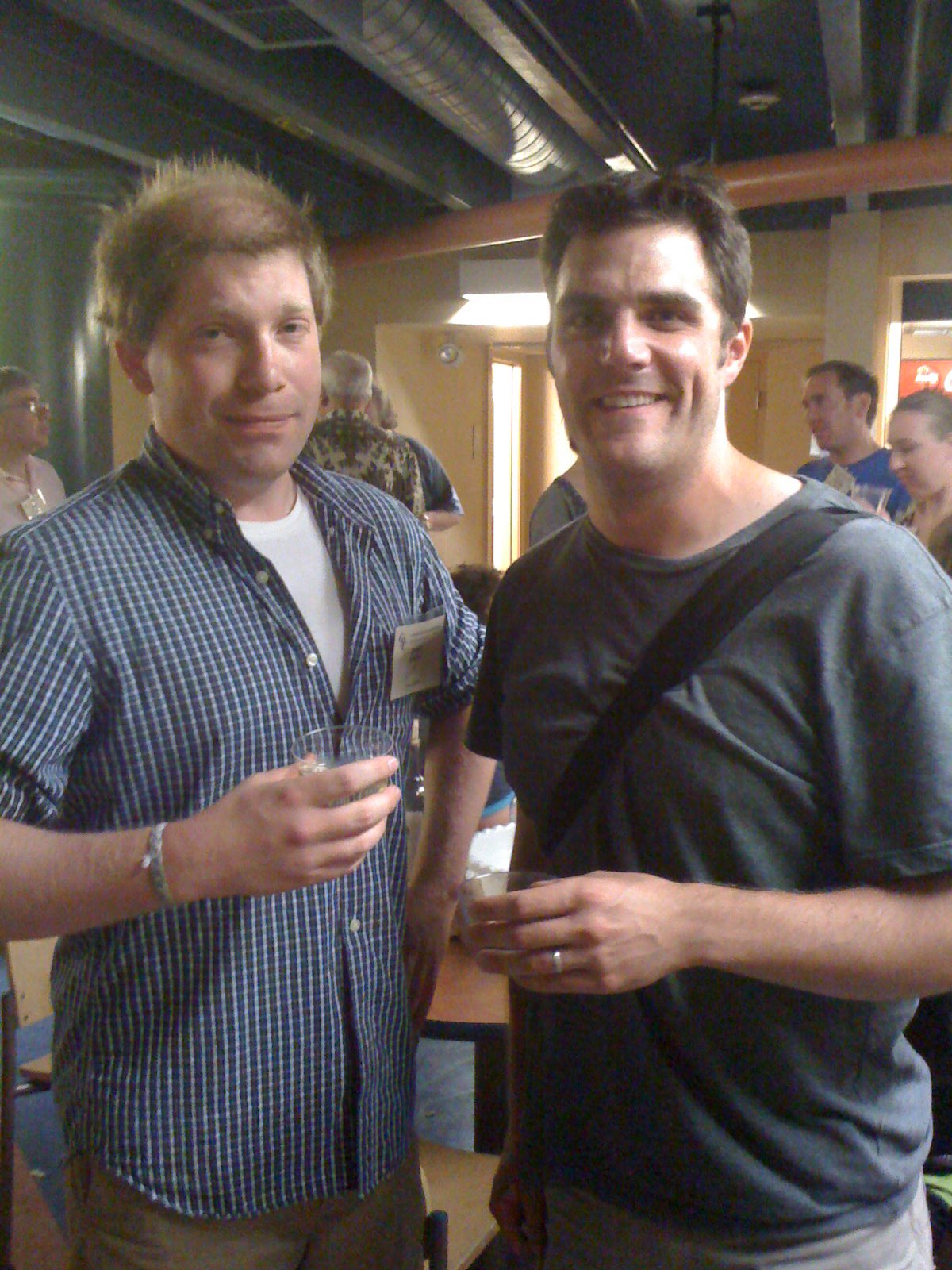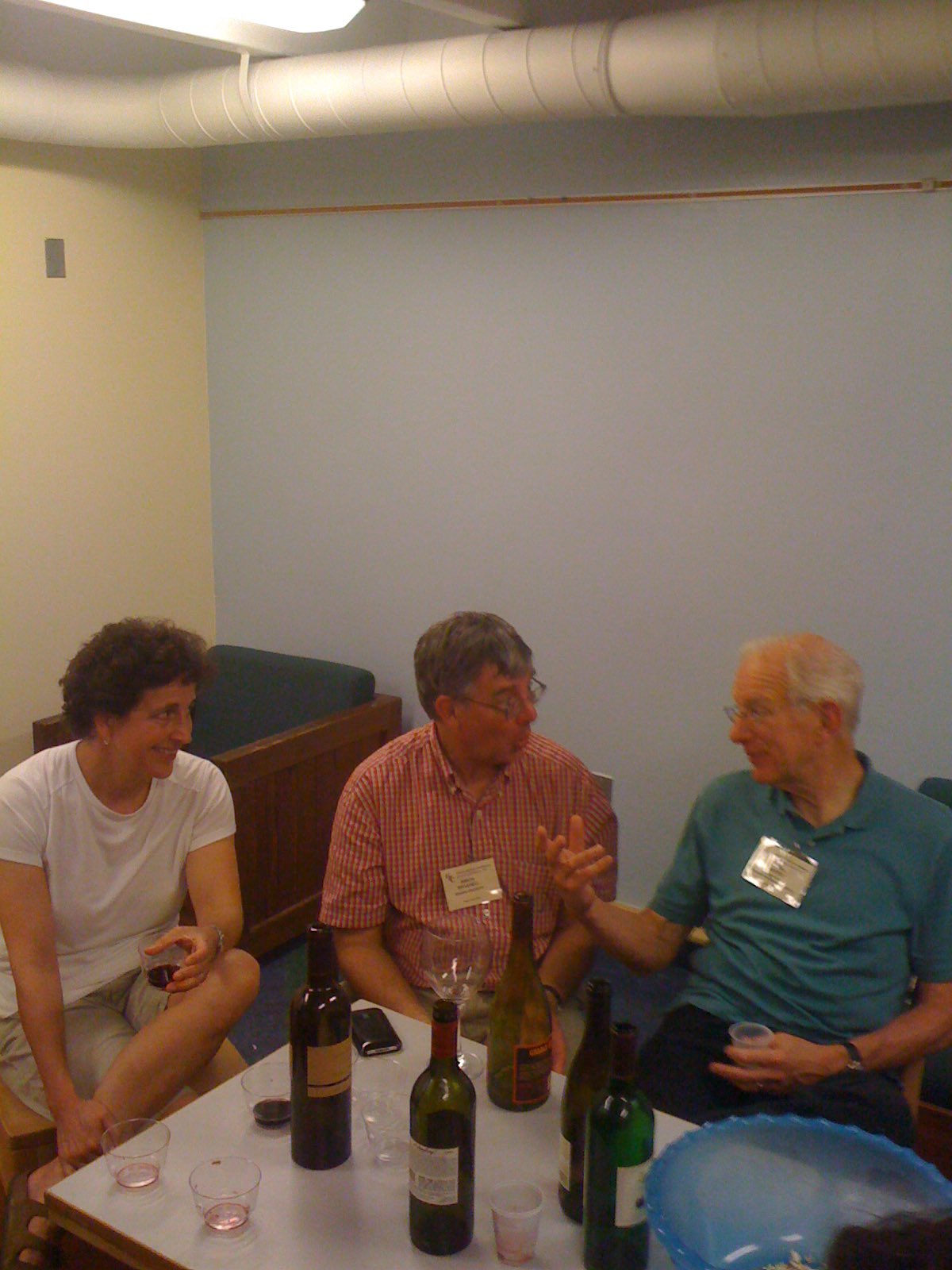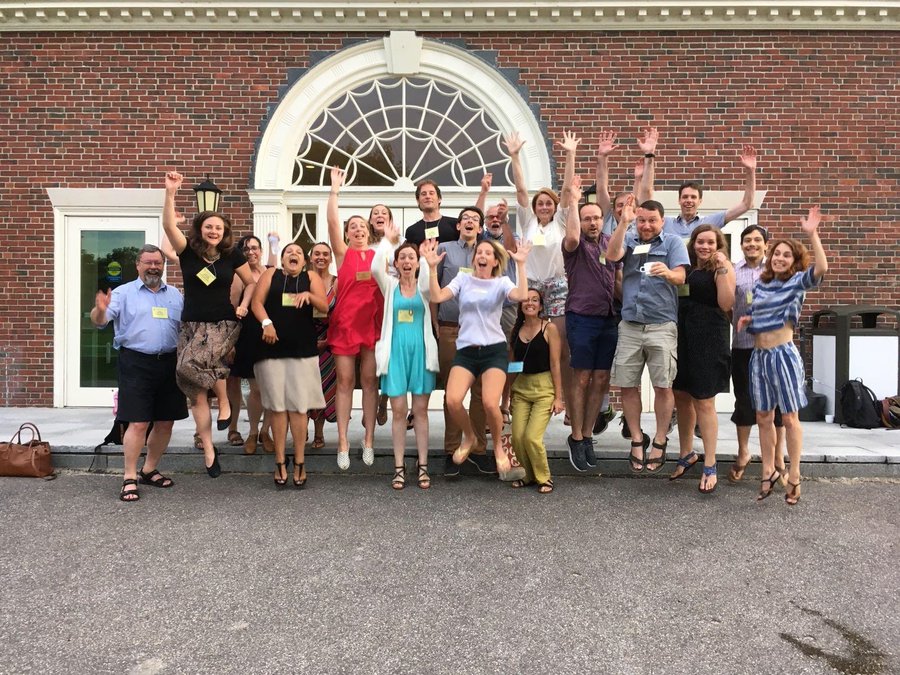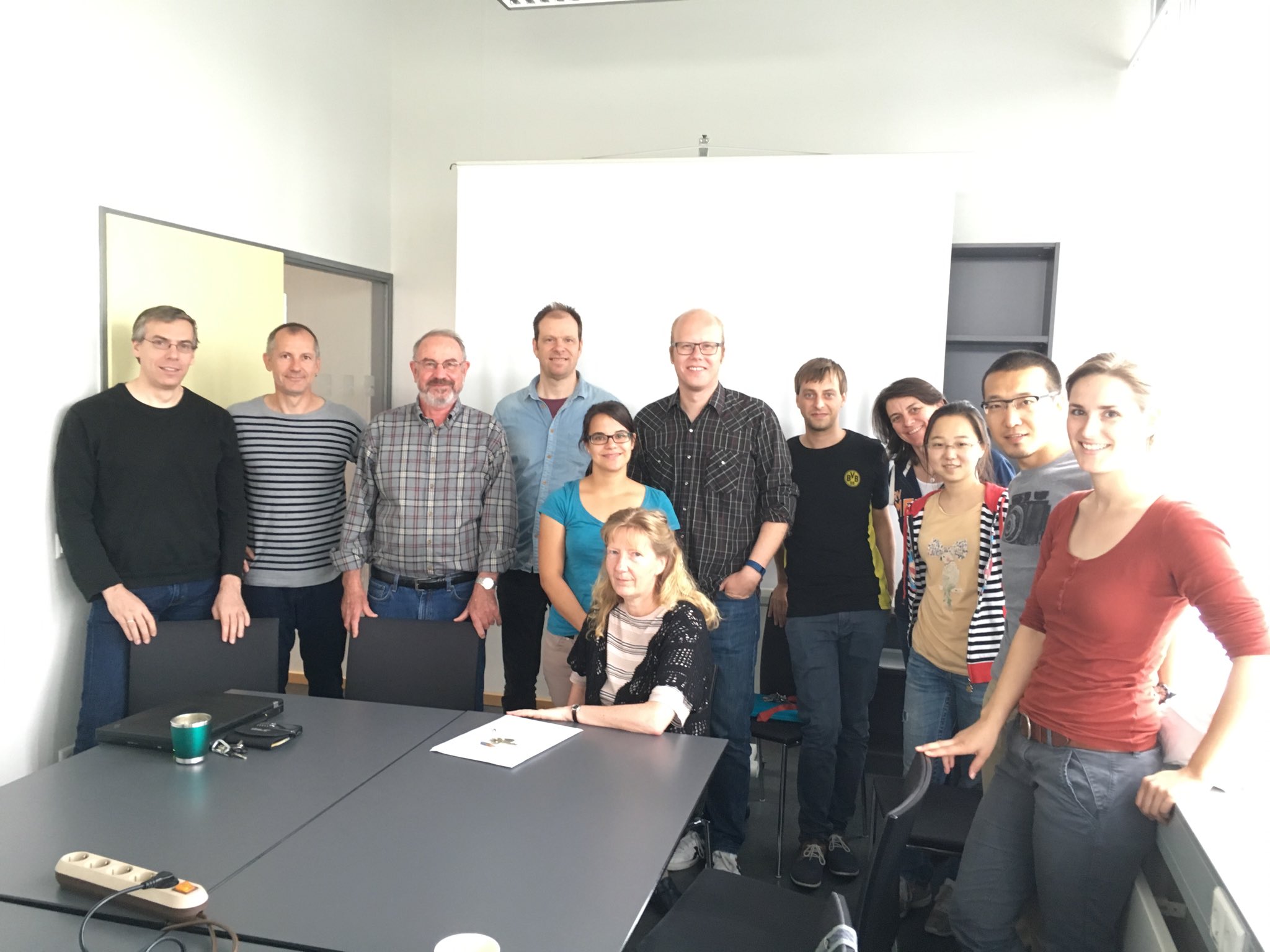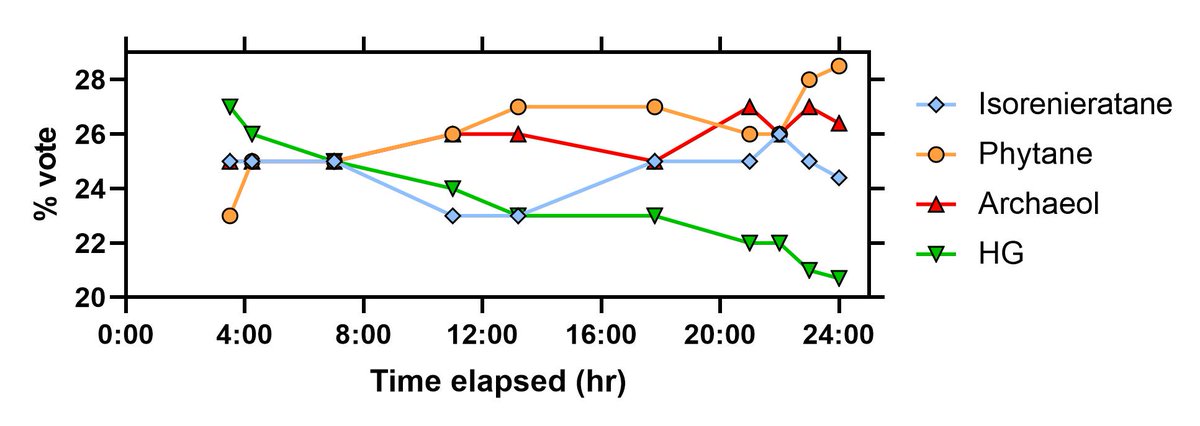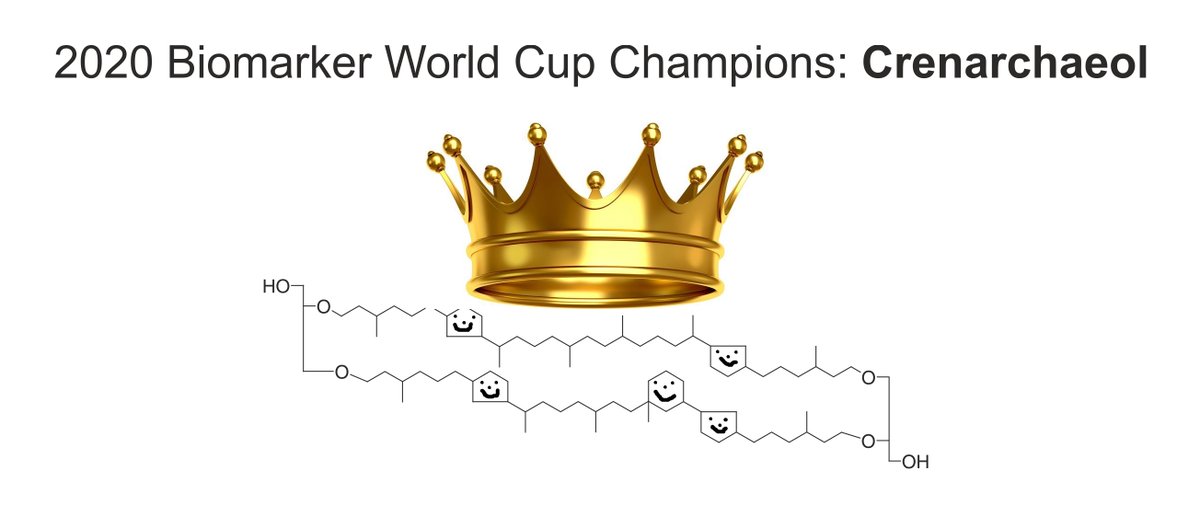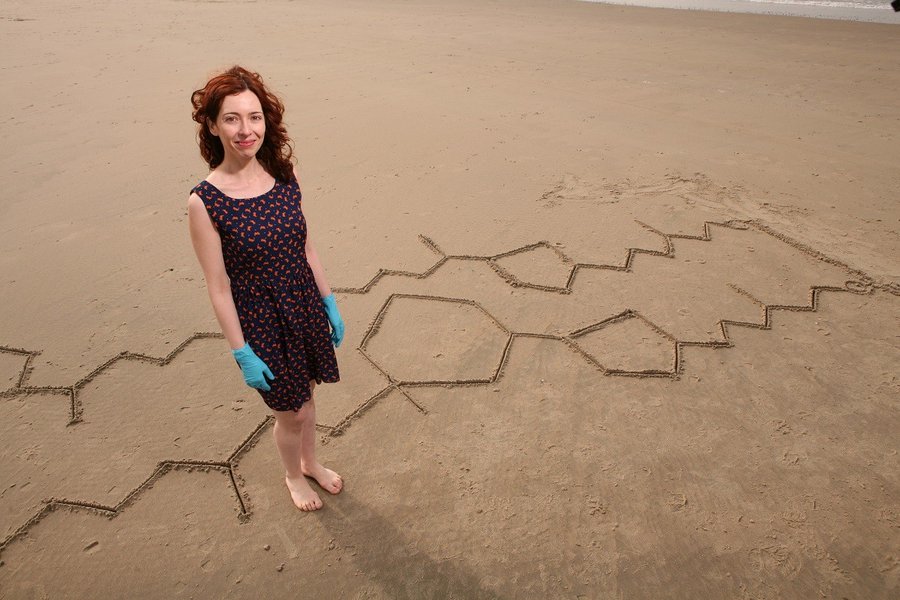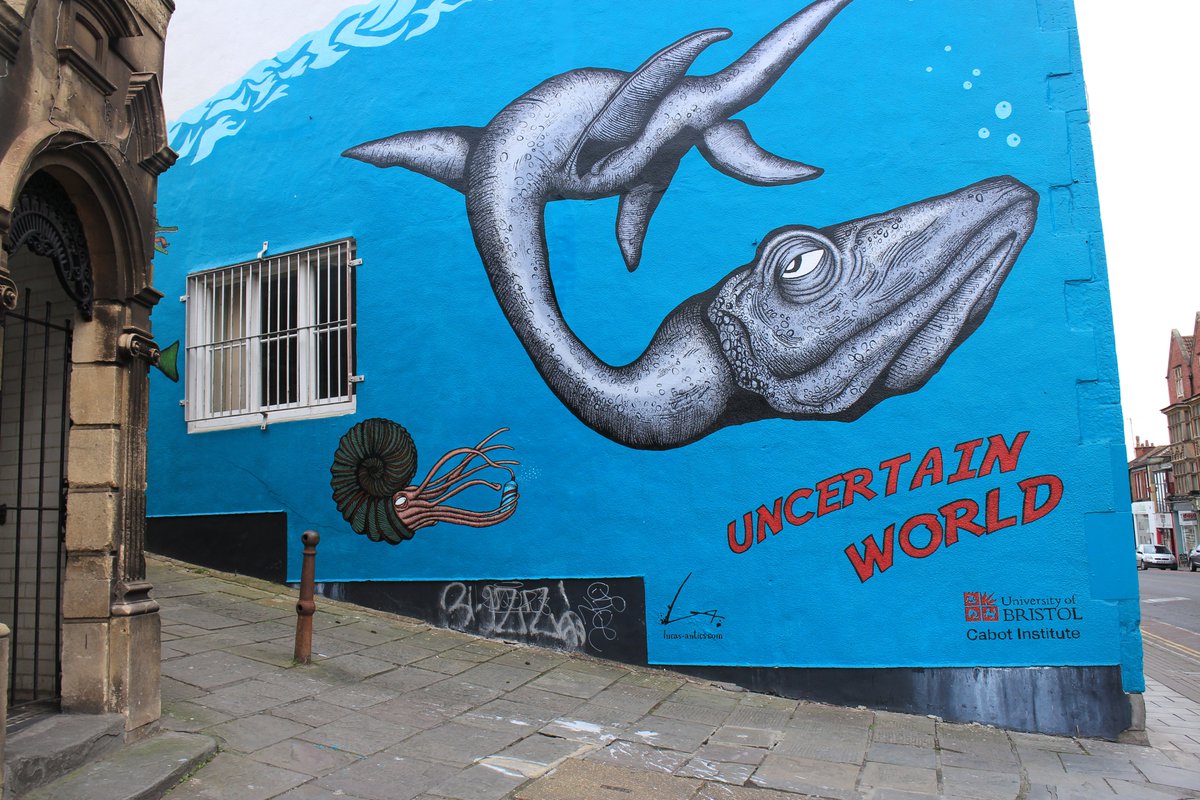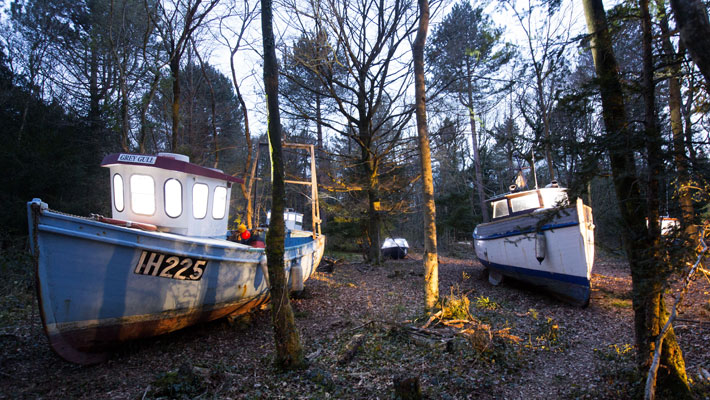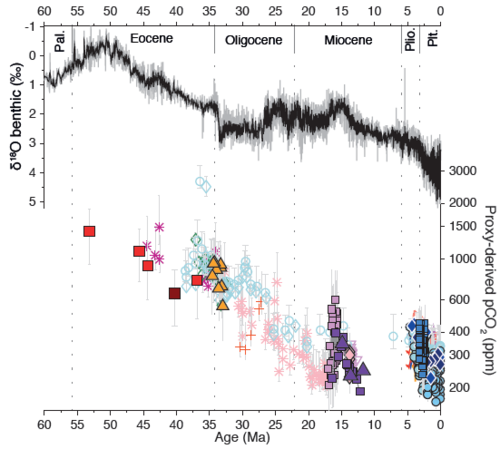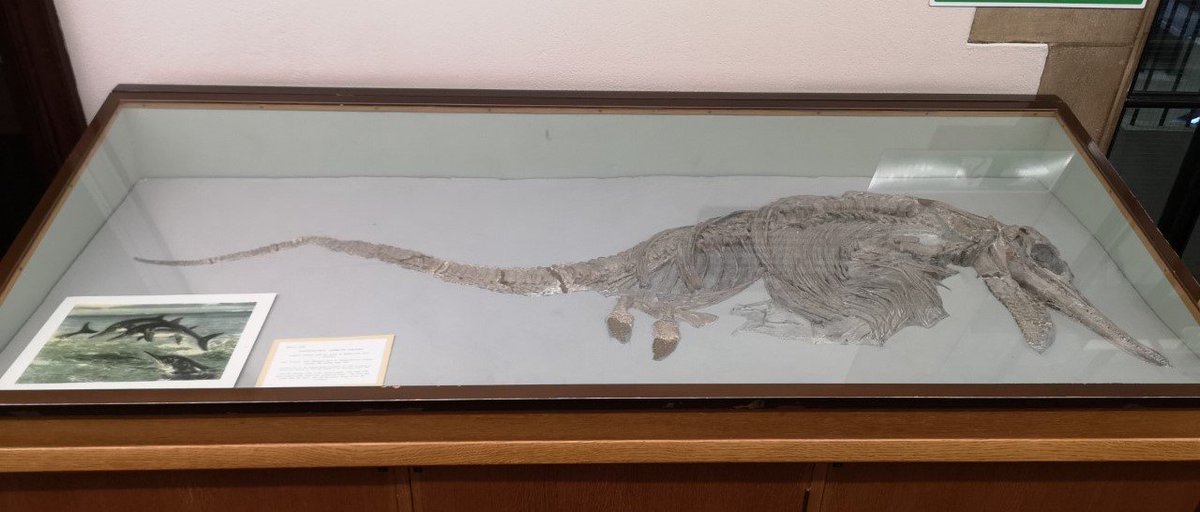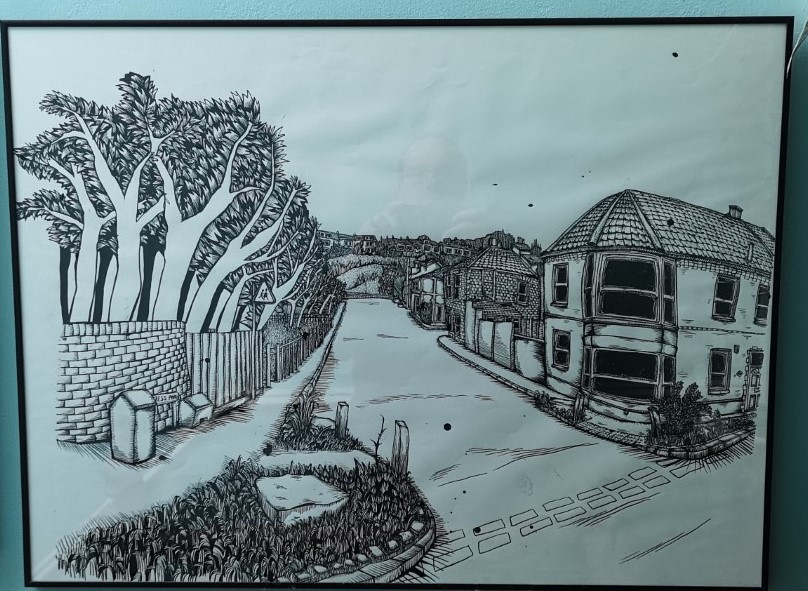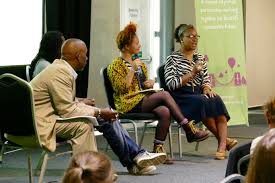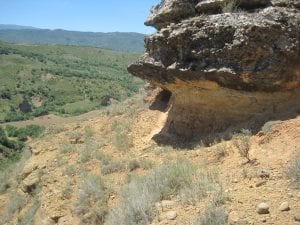I co-authored this with Chris McMahon, Professor of Engineering Design, inspired by his work on how highly adaptable manufacturing processes, capable of operating at small scales (re-distributed manufacturing), can contribute to a sustainable and resilient future. I find so many aspects of his work fascinating, from the connections to the Industrial Revolution to the argument that many of our societal challenges arise from the disconnection between what we consume and how it is made. The latter is a theme that resonates across so much of the environmental movement, from the food we consume to our deeper connection to nature. In a world that has become utterly dependent on global supply chains, acutely illustrated by the far-reaching and often unanticipated consequences of Covid, I am not sure if we can restore strictly local manufacturing or even if that is the most efficient way to produce what we need. But it is a vital question and I have always been inspired by Chris’ knowledge and his wisdom.
******
The next few years have the potential to be transformative in the history of our society and our planet. We are faced with numerous choices in how we live our lives, and our decisions could either embed the practices of the last two centuries or empower new paradigms for the production of our food and energy, our buildings and transport systems, our medicine, furniture and appliance, all of those things on which we have grown to depend. It could be a transformation in what we own or borrow, how we use it…. And how we make it.
Bristol is one of the Rockefeller Foundation’s 100 Global Resilient Cities. Unlike many of the other cities (and somewhat unconventionally), Bristol, the University of Bristol and the Cabot Institute have adopted a holistic definition of resiliency that includes not just adaption to future change but also the contemporary behaviour that minimises the chances of future shocks. Recognising that, the launch of the Bristol 2015 European Green Capital year focused on the need to bridge the gap between our resource intensive and environmentally harmful current behaviour and a more sustainable – and resilient – future.
This combination is key. We know that our non-sustainable behaviour will bring about dangerous climate change and resource stress. But we are also obtaining a sharper understanding of the limits of our knowledge. Unfortunately, our behaviour is not just threatening the security of our food, water and energy but is inducing a profound uncertainty in our ability to forecast and adapt to future change. Not only does such radical uncertainty demand mitigative rather than adaptive action but, where we fall short or the damage has already been done, it will require an equally radical emphasis on resiliency.
Part of Bristol’s path to achieving these goals of sustainability and resiliency is localism, including local production of food and energy, exemplified by the recent launch of a municipally-owned energy company but also community-owned energy and food cooperatives. Localism can only go so far in our highly interconnected and interdependent world, but it is undeniably one of Bristol’s strongest tools in empowering local communities and driving its own sustainability agenda while making us more resilient to external factors. But why stop at food and energy?
Manufacturing has undergone a suite of radical transformations over the past decade, the potential of which are only now being harnessed across a range of manufacturing scales from high-value (such as Bristol’s aerospace industry) to SMEs and community groups. Crudely put, the options for the manufacturer have traditionally been limited to moulding things, bashing things into shape, cutting things and sticking things together. New technologies now allow those methods to be downscaled and locally owned. Other technologies, enabled by the exponential growth of computer power, are changing the manufacturing framework for example by allowing complex shapes to be made layer-by-layer through additive manufacturing.
Crucially, these new technologies represent highly adaptable manufacturing processes capable of operating at small scales. This offers new possibilities with respect to where and how design, manufacture and services can and should be carried out to achieve the most appropriate mix of capability and employment but also to minimise environmental costs and to ensure resilience of provision. In short, manufacturing may now be able to be re-distributed away from massive factories and global supply chains back into local networks, small workshops or even homes. This has brought about local empowerment across the globe as exemplified by the Maker movement and locally in initiatives such as Bristol Hackspace. These technologies and social movements are synergistic as localised manufacturing not only brings about local empowerment but fosters sustainable behaviour by enabling the remanufacturing and upcycling that are characteristic of the circular economy.
There are limits, however, to the reach of these new approaches if they remain dependent on traditional manufacturing organisations and systems into which we are locked by the technological choices made in two centuries of fossil-fuel abundance. As well as the technologies and processes that we use, a better understanding of how to organise and manage manufacturing systems and of their relationship with our infrastructure and business processes is central to the concept of re-distributed manufacturing and its proliferation. It requires not only local production but a fundamental rethinking of the entire manufacturing system.
Looking forward, we must explore a whole range of issues from diverse disciplinary perspectives, bringing together experts in manufacturing, design, logistics, operations management, infrastructure, engineering systems, economics, geographical sciences, mathematical modelling and beyond. In particular, we must examine the potential impact of such re-distributed manufacturing at the scale of the city and its hinterland, centering not just resilience and sustainability but equity and inclusion.
*****
It seems entirely appropriate that Bristol and the SW of England assume a prominent leadership role in this endeavour. In many ways, it is the intellectual and spiritual home of the industrial use of fossil fuels, responsible for unprecedented growth and prosperity but also setting us on a path of unsustainable resource exploitation. Thomas Newcomen from South Devon produced arguably the first practical steam engine, leading to the use of fossil fuels in mining and eventually industry; in the late 1700s, coal-powered steam energy was probably more extensively used in SW England than anywhere in the world. Continuing this legacy, Richard Trevithick from Cornwall developed high pressure steam engines which allowed the use of steam (and thus fossil fuels) for transportation, and of course Brunel’s SS Great Western, built in Bristol, was the first vehicle explicitly designed to use fossil fuel for intercontinental travel.
But that legacy is not limited to energy production. Abraham Darby, who pioneered the use of coke for smelting iron in Coalbrookdale, i.e. the use of fossil fuels for material production, had worked at a foundry in Bristol and was funded by the Goldney Family, among others. He married fossil fuels to the production of materials and manufactured goods.
These are reasons for optimism not guilt. This part of the world played a crucial role in establishing the energy economy that has powered our world. On the back of that innovation and economic growth have come medical advances, the exploration of our solar system and an interconnected society. That same creative and innovative spirit can be harnessed again. And these approaches need not be limited to energy and materials but also healthcare and the digital economy. The movement is already in place, exemplified by the more than 800 organisations in the Bristol Green Capital Partnership. It is receiving unprecedented support from both Universities of this city. This new project is only one small part of that trend but it illustrates a new enthusiasm for partnership and transformative change and to study the next generation of solutions rather than be mired in incremental gains to existing technology.


